


districts.
Anticipating many young couples with children to live in the
future residential neighbourhoods, the new church addresses
young believers’ need of a safe and nurturing environment for their
children. Its differentiated program includes not only individual
service venues for parents and children, but also activity rooms
for all age groups, admin as well as a library and a tea house.
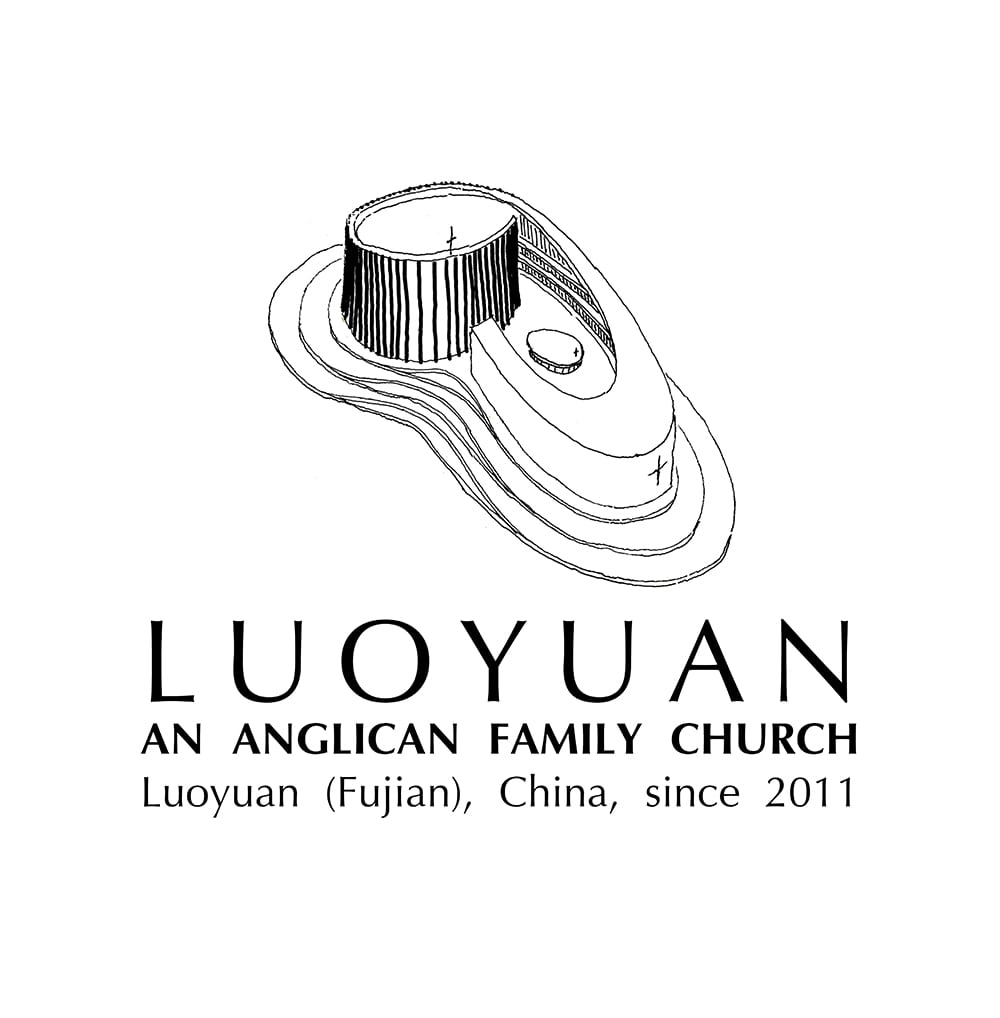
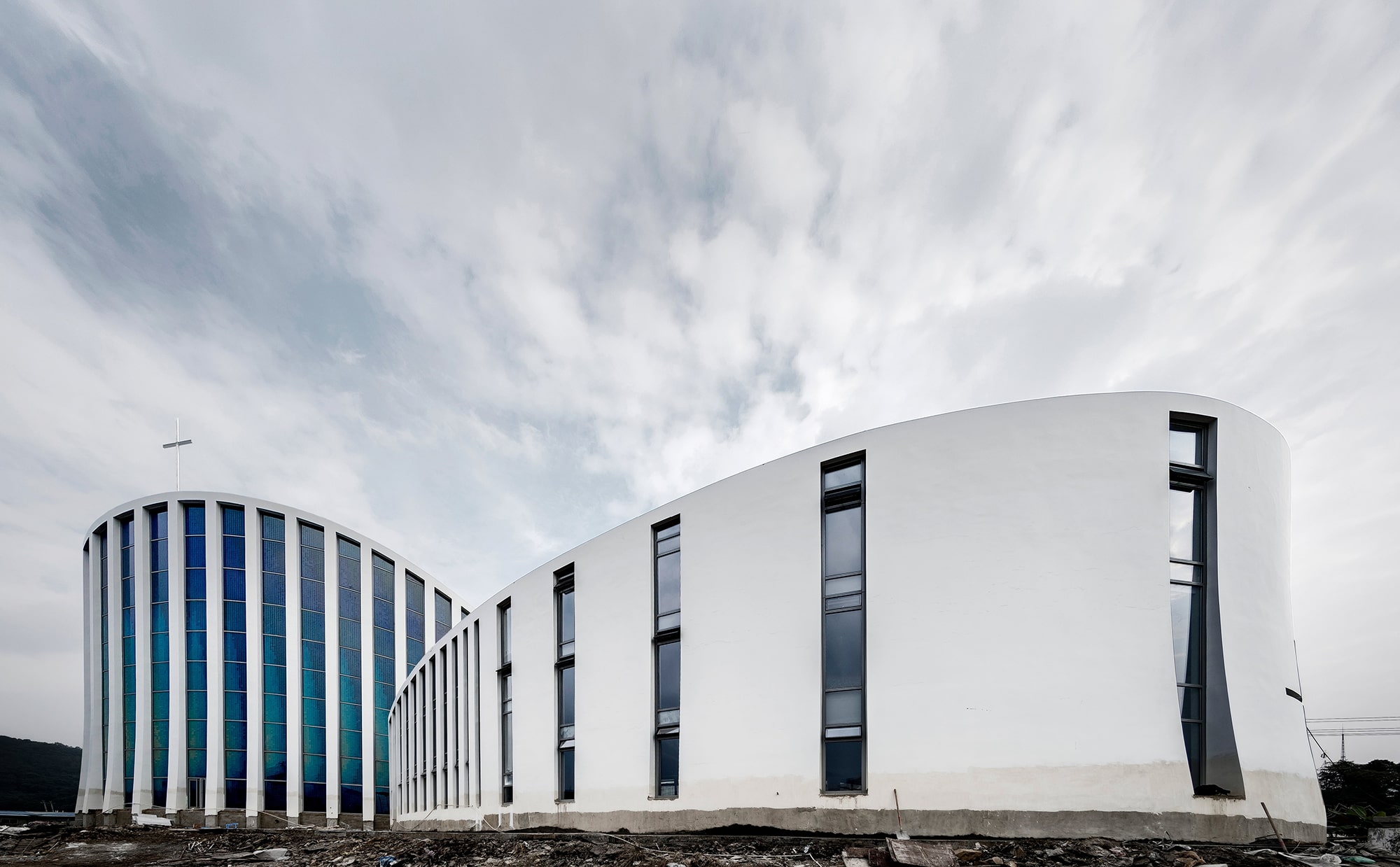
Christians in Fujian’s countryside.
Placed into such desolation, the sanctuary must become a
refuge from the torments of a changing world. The realized
design therefore emu-lates characteristics that locals are familiar
with: Typological elements of the vernacular Tulou, such as
its concentric organization around a courtyard with pavilion
or features of the countryside such as tea terraces surrounding
the church. In this manner the church embodies the traditional
community-based lifestyle – retaining a glimpse of the place ‘s
fading rural identity - and creates an environment where believers
can be in communion with their Christian family while their
children learn and play safely within a protected environment.

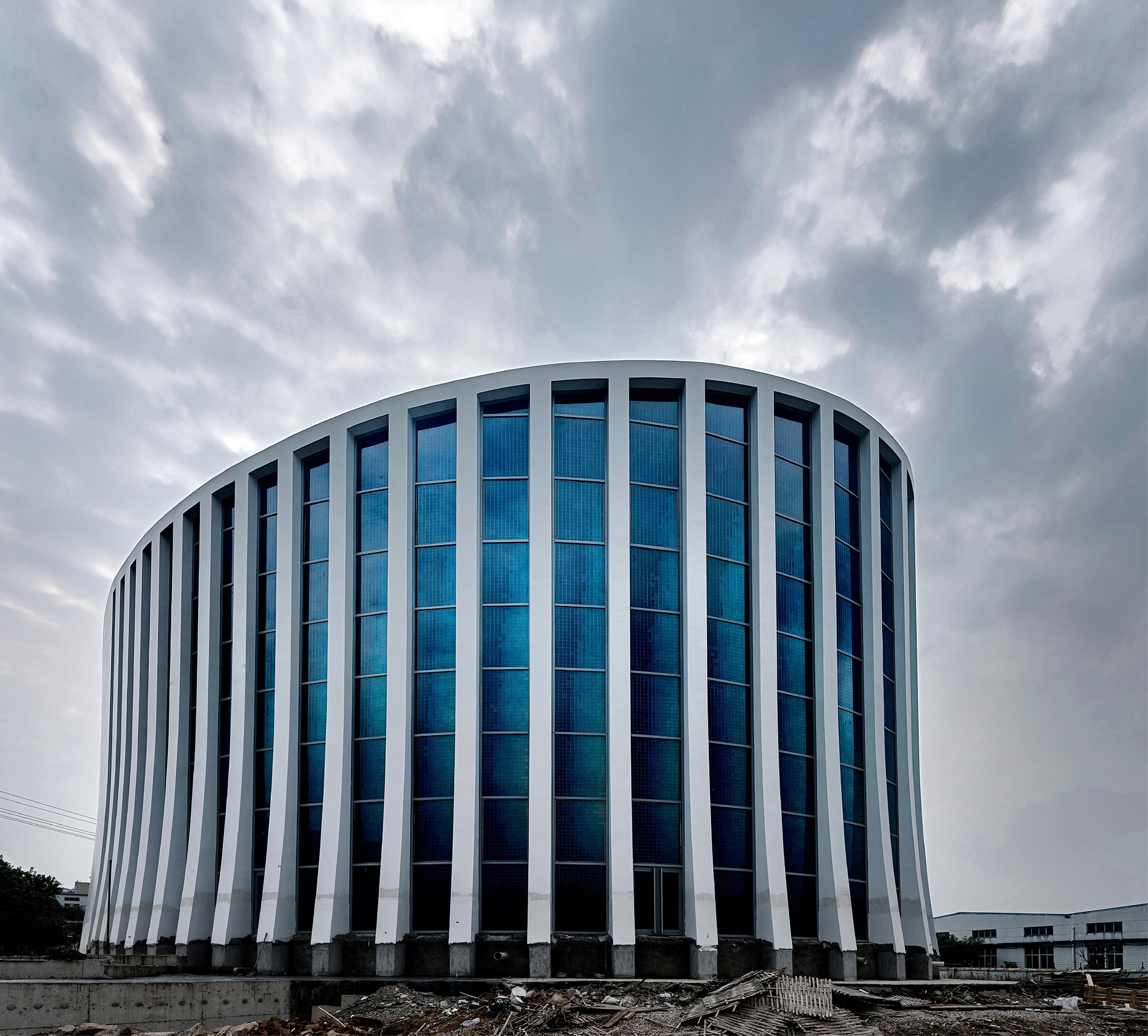

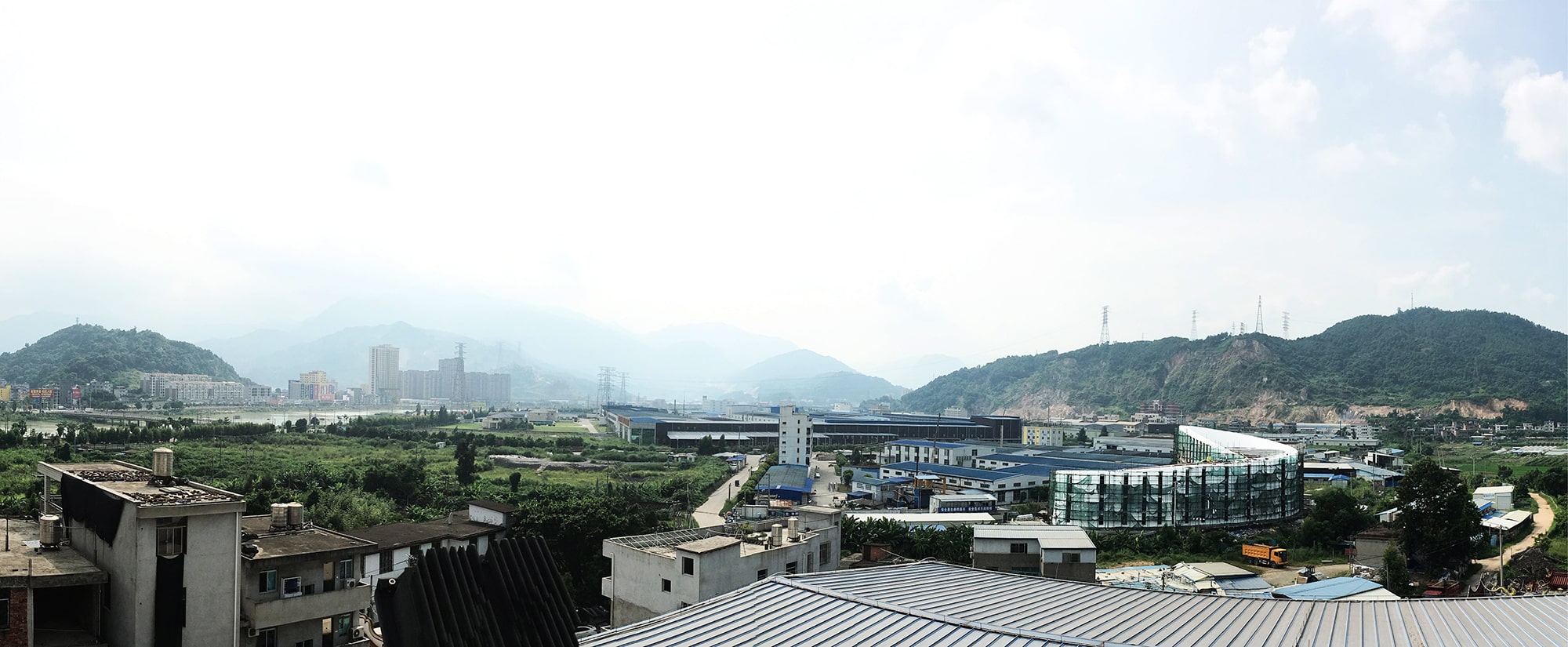
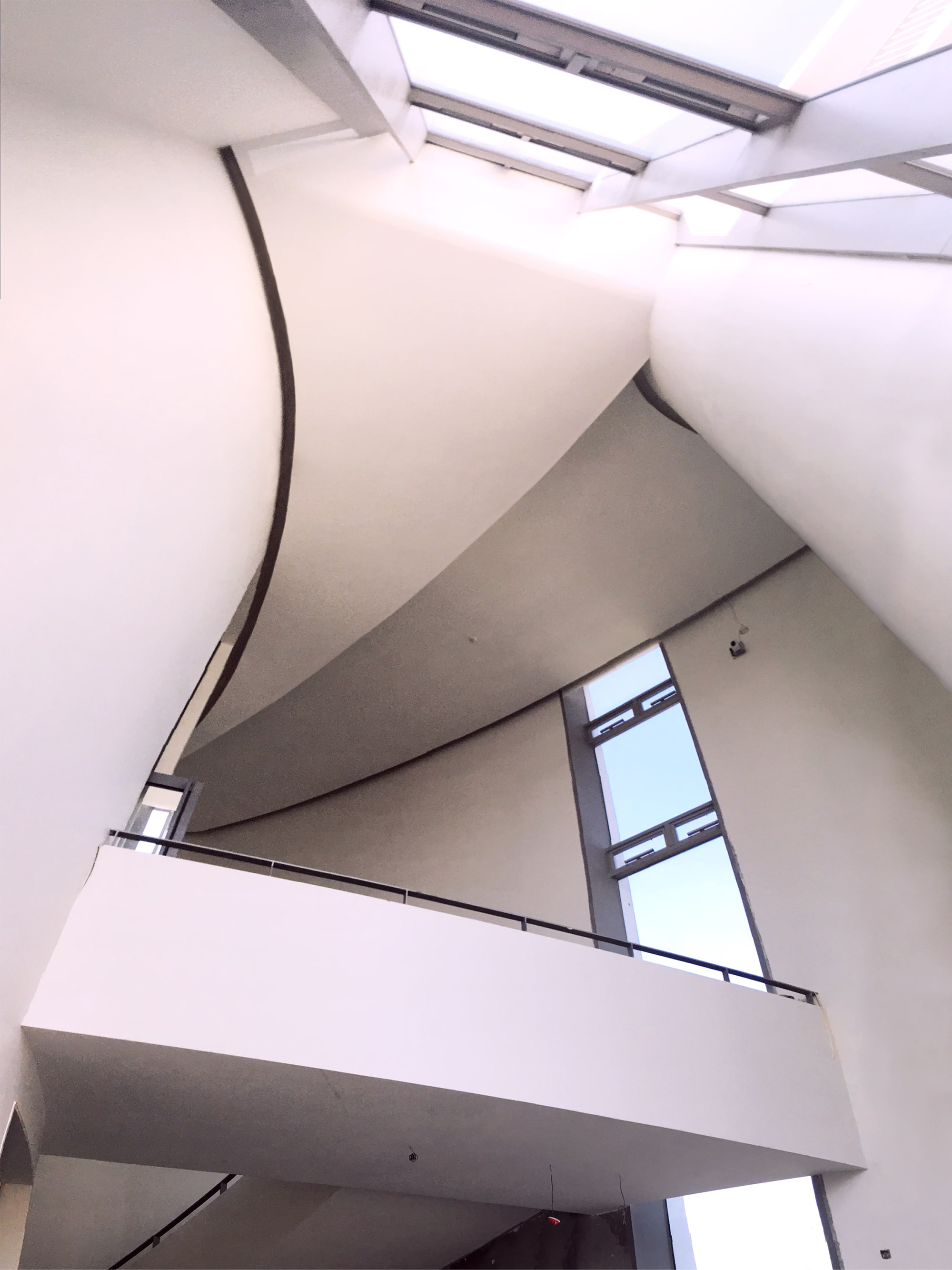
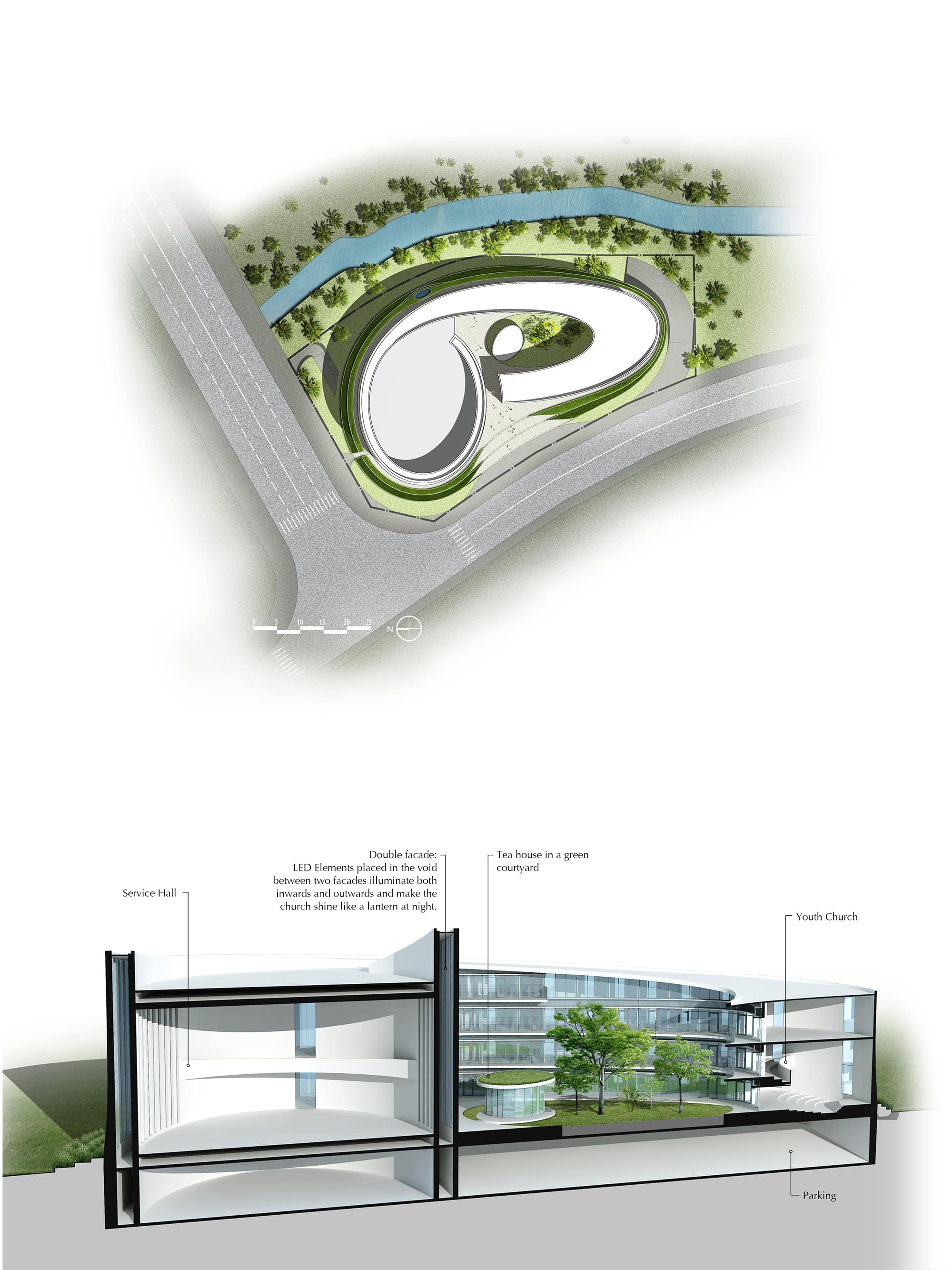
kind in the world.

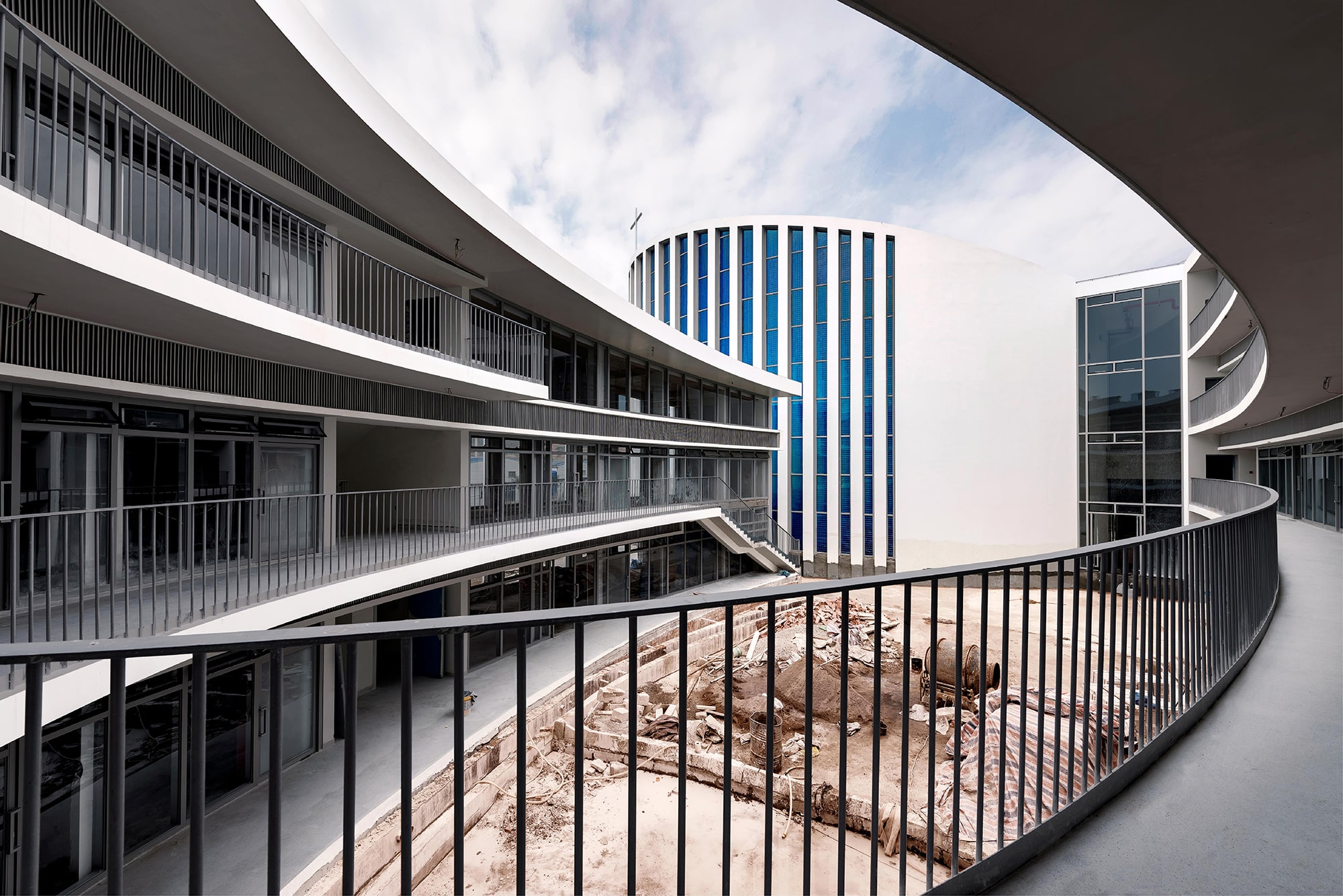

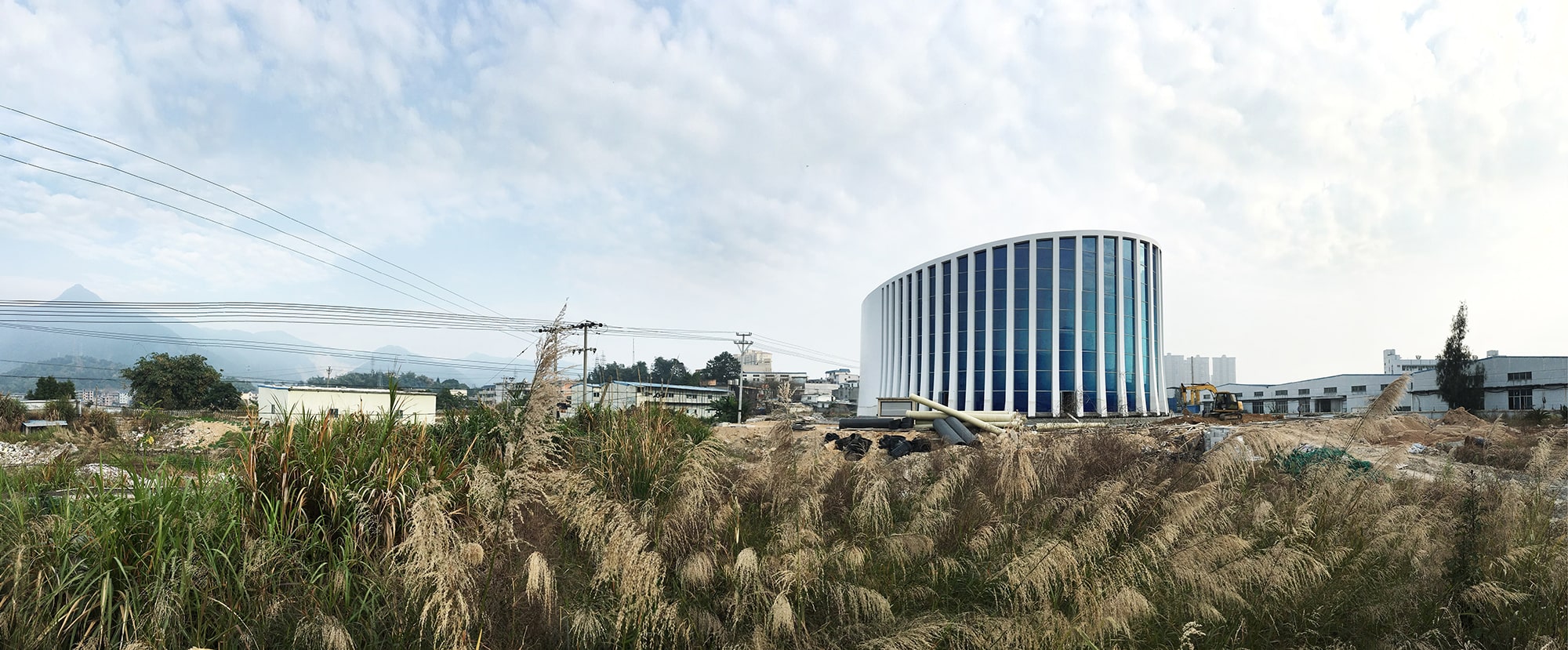
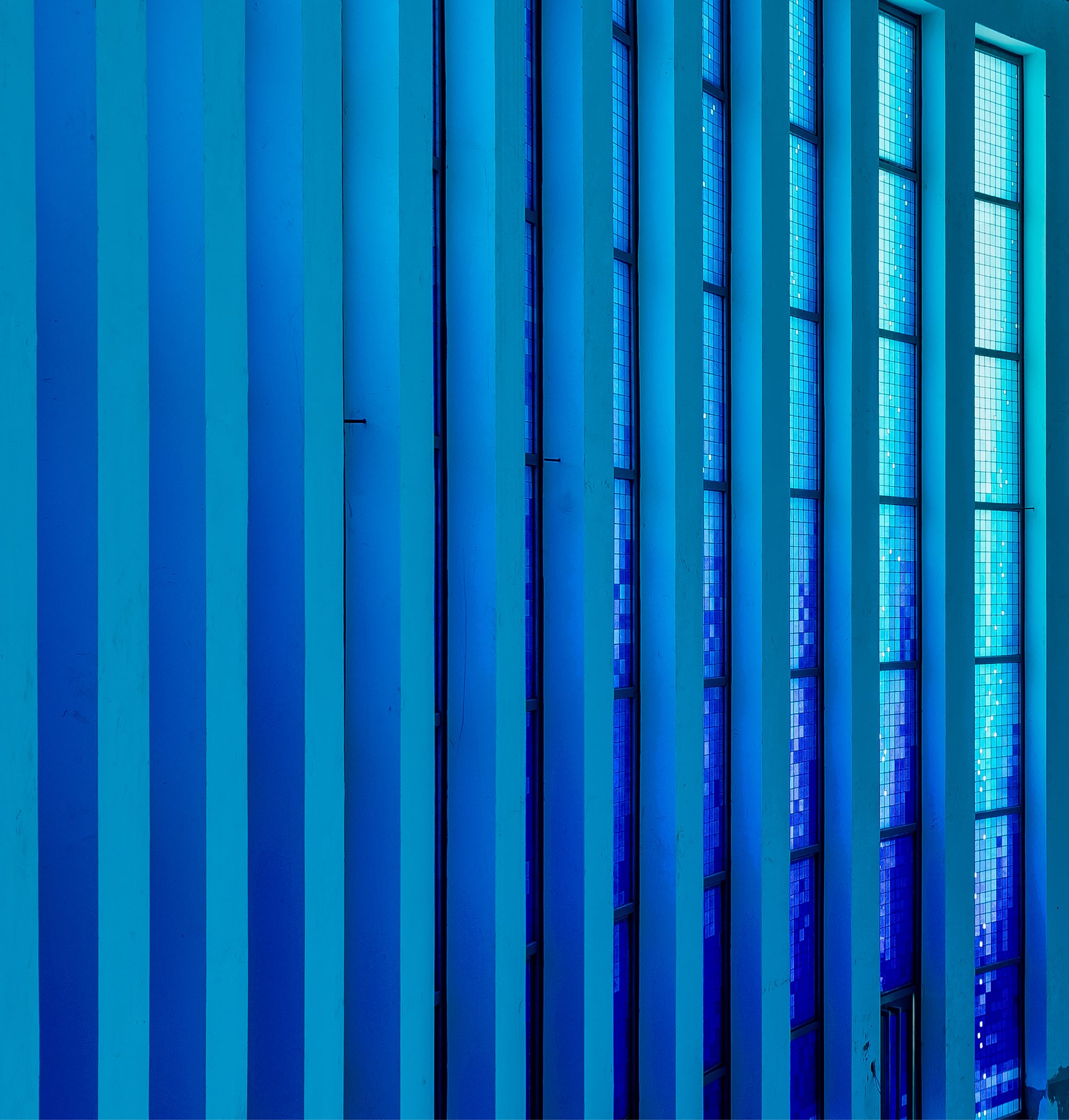
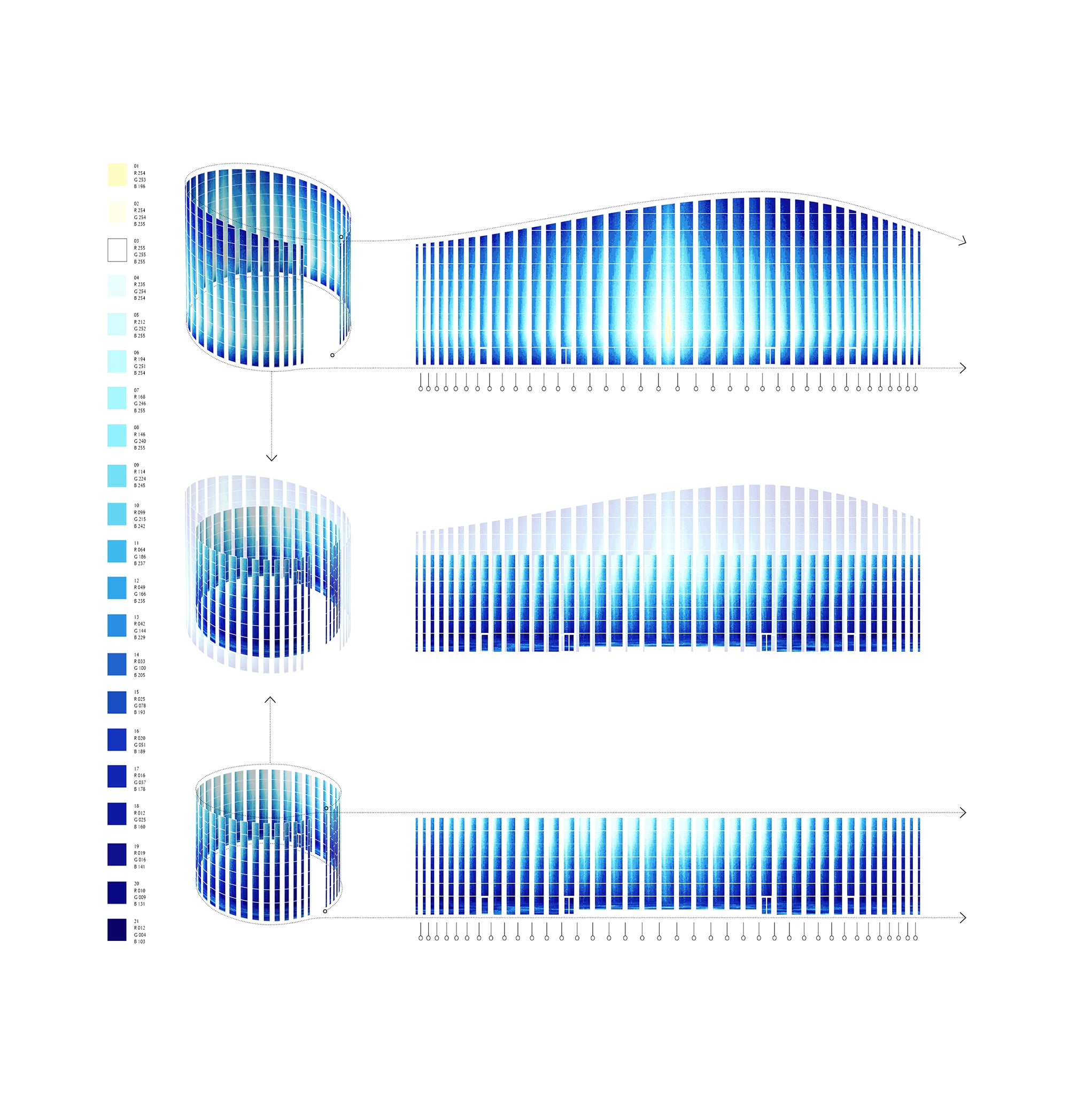

Luoyuan is a small county town in Fujian, a Chinese province famous for its tea production on terraced plantations, its Hakka ethnic minority and their distinct ring - shaped residential architecture, the so called Fujian - Tulou. In recent decades economic growth has led to the construction of factories and housing estates everywhere, making the small town swell many times its original size. While this accelerated urbanization is quickly washing away the vernacular settlements with their traditional community life, it also presented the Anglican Congregation of Luoyuan with the opportunity to acquire one of the rare permissions to build a new sanctuary outside of the narrow confinements of the city centre. Since 2011 this little community is devoting all its resources to building a daughter church in one of the newly developing districts.
Anticipating many young couples with children to live in the future residential neighbourhoods, the new church addresses young believers’ need of a safe and nurturing environment for their children. Its differentiated program includes not only individual service venues for parents and children, but also activity rooms for all age groups, admin as well as a library and a tea house.


The particular challenge of this project lies on one hand, to integrate the complex and mundane requirements of a mixed- use building with the dignified presence of a place of worship. On the other, to retain a sense of tradition and authenticity in this increasingly anonymous environment, while making an iconic and future-oriented statement for the fast-growing number of Christians in Fujian’s countryside.
Placed into such desolation, the sanctuary must become a refuge from the torments of a changing world. The realized design therefore emu-lates characteristics that locals are familiar with: Typological elements of the vernacular Tulou, such as its concentric organization around a courtyard with pavilion or features of the countryside such as tea terraces surrounding the church. In this manner the church embodies the traditional community-based lifestyle – retaining a glimpse of the place ‘s fading rural identity - and creates an environment where believers can be in communion with their Christian family while their children learn and play safely within a protected environment.






Conversely, the service hall represents a space of meditative seclusion composed of two facades with a total of 107 707 individual pieces of traditional stained glass. The depicted artwork “De Profundis” was designed by the architect in union with the space; it exudes an atmosphere of profound blue, carrying believers away to a metaphorical place deep down at the bottom of the ocean, in which daunting darkness is dispersed by an aura of divine light. In the future the void between inner and outer facades will be used to artificially light up the glass, thus transforming the church at night into a beacon shining inwards and outwards. With 1412 sqm of surface area, it constitutes the largest stained-glass façade in China and one of the largest of its kind in the world.




